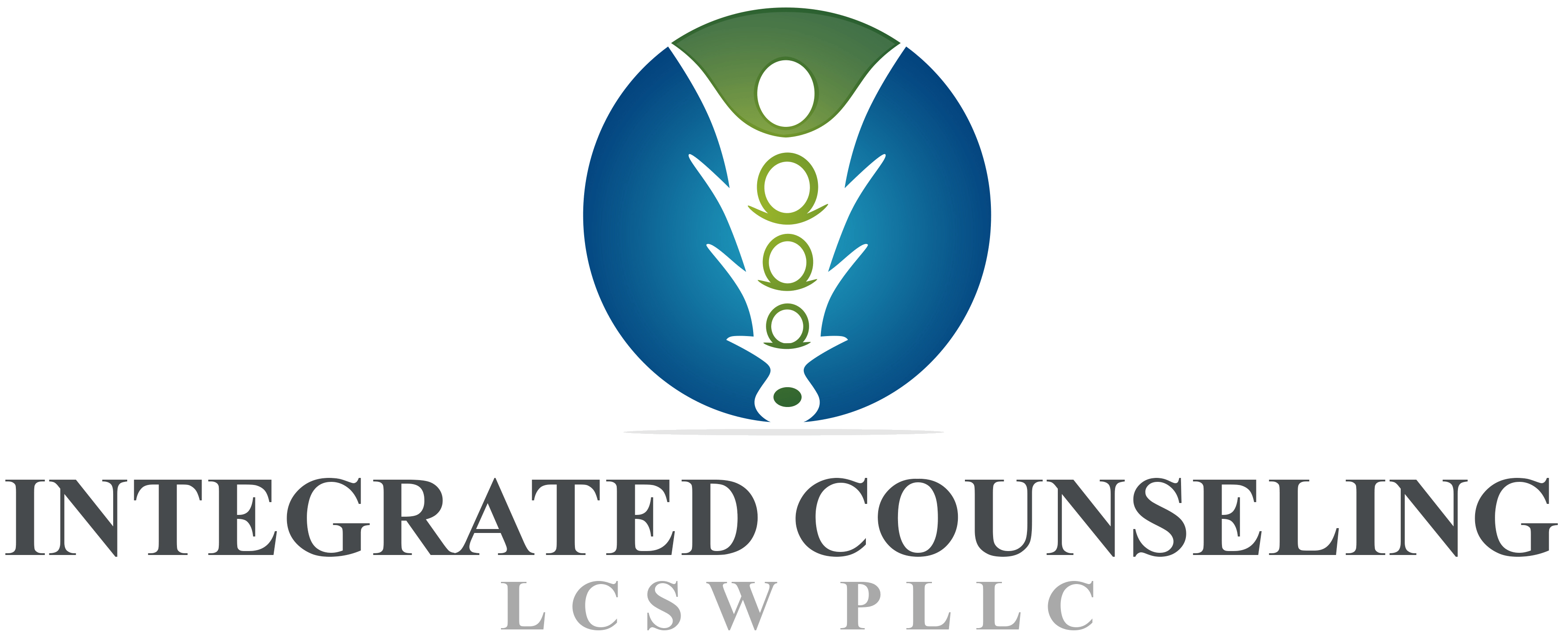Gay therapy, also known as LGBTQ+ therapy or affirmative therapy, is a specialized form of therapy that focuses on the unique experiences and concerns of individuals who identify as gay, lesbian, bisexual, transgender, or queer. As a therapist providing gay therapy, your role is to create a safe, affirming, and supportive environment where clients can explore their identities, navigate challenges, and promote their overall well-being.
In gay therapy, you would typically begin by establishing a trusting and non-judgmental therapeutic relationship with your client. This involves actively listening to their experiences, validating their identities, and understanding the specific concerns they may bring to therapy. Throughout the therapy process, you would utilize a range of therapeutic approaches and interventions that are sensitive to LGBTQ+ issues.
Key components of gay therapy include:
- LGBTQ+ Affirmative Approach: Adopting an LGBTQ+ affirmative stance that recognizes and respects diverse sexual orientations and gender identities. This involves creating a safe space where clients can explore their identities and experiences without fear of judgment or discrimination.
- Identity Exploration and Coming Out Support: Assisting clients in exploring and understanding their sexual orientation or gender identity. This may involve discussing self-acceptance, disclosure decisions, and navigating the coming-out process, if applicable.
- Coping with Minority Stress: Addressing the unique challenges and stressors faced by LGBTQ+ individuals, such as discrimination, prejudice, and social stigma. Helping clients develop resilience, healthy coping strategies, and a positive self-image in the face of societal pressures.
- Relationship and Family Support: Providing guidance and support in navigating relationships, including same-sex partnerships, coming-out to family members, and fostering healthy family dynamics. This may involve assisting clients in developing communication skills and addressing any conflicts or challenges within their relationships.
- Mental Health and Well-being: Addressing mental health concerns commonly experienced by LGBTQ+ individuals, such as depression, anxiety, or identity-related issues. Utilizing evidence-based interventions to promote emotional well-being and develop effective coping strategies.
- Community Connection and Resources: Facilitating connection to LGBTQ+ community resources, support groups, or networks that can provide additional support, validation, and a sense of belonging. This may involve helping clients build social support systems and access LGBTQ+-friendly services.
- Cultural and Intersectional Considerations: Recognizing the intersections of sexual orientation, gender identity, and other aspects of identity, such as race, ethnicity, religion, or disability. Sensitivity to these multiple identities and experiences is crucial to providing effective and inclusive therapy.
- Advocacy and Empowerment: Encouraging clients to embrace their authentic selves, empowering them to advocate for their rights, and promoting social justice and equality for the LGBTQ+ community.
The goal of gay therapy is to provide a safe and affirming space for LGBTQ+ individuals to explore their identities, address specific challenges, and promote overall well-being. By utilizing an LGBTQ+ affirmative approach, therapists can help clients navigate the complexities of their unique experiences, build resilience, and foster self-acceptance, ultimately promoting a sense of empowerment and personal growth.


